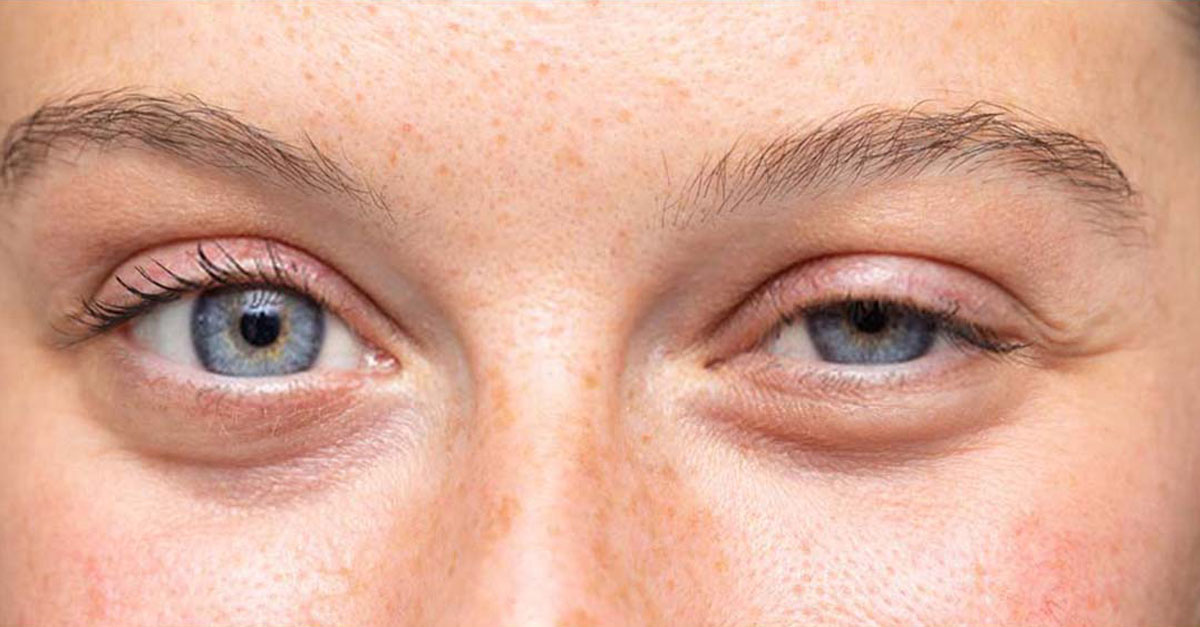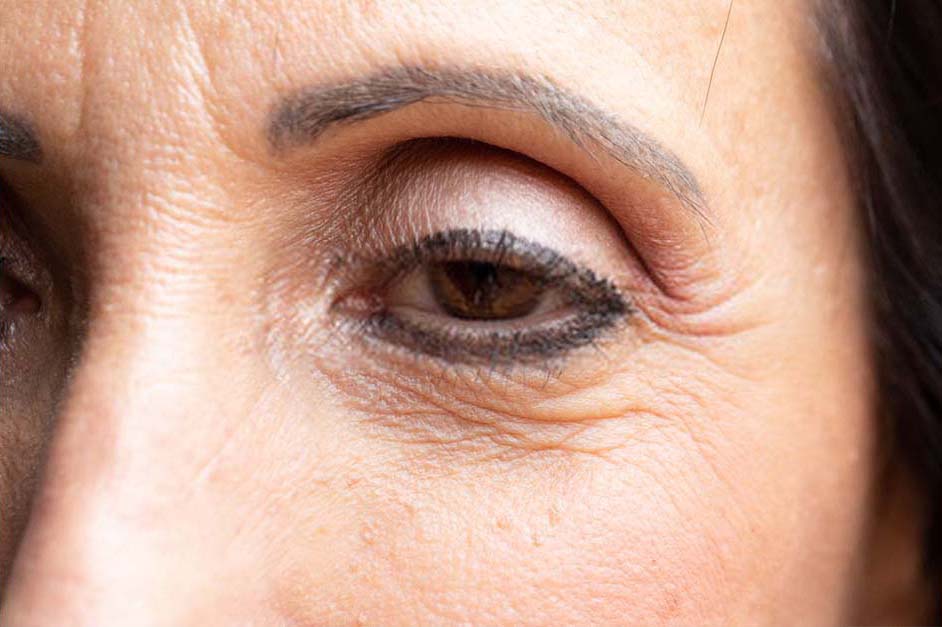Droopy eyelids / Ptosis
Ptosis

What is Ptosis/ Droopy eyes?
The drooping or falling of the upper eyelid, or the inability to open the eye completely, is known as Ptosis (pronounced toe-sys). It may affect one or both eyes. The eyelid may droop slightly or it may cover the whole eye. Ptosis may result in full or partial obstruction of vision. It may also be a cosmetic concern. Ptosis is also known as droopy eyes. Sometimes the eyelids may appear droopy due to the overhanging skin of the upper eyelid. This is called dermatochalasis, and is discussed separately under the section on Blepharoplasty.
What are the symptoms of Ptosis?
- Your one or both eyelids may appear to be incompletely open or even closed, depending on severity. Sometimes you may only notice an asymmetry between the two sides.
- You may find it difficult or are unable to keep your eyes open.
- Your eyes may feel tired and heavy especially towards the evening.
- Sometimes your friends and family may say that you look tired, even though you are not.
- Your ability to see clearly can be affected.

What causes Ptosis?
We are able to open our eyes, mainly due to the action of the levator muscle(LPS), present in the eyelid, which lifts the upper eyelid. An age-related weakening of this muscle is the most common culprit in Ptosis. Other conditions which affect the muscle, such as- an under developed muscle(congenital), trauma, myasthenia, 3rd nerve palsy can also cause Ptosis.
Occasionally Ptosis develops following routine eye surgery. It is thought to be due to stretching of the muscle or tendon.
What are the treatment options?
After a detailed evaluation, Dr.Sneha will discuss all the possible treatment options suitable to you, and will then arrive at a treatment plan. Surgery is needed in most cases.
Dr.Sneha will tighten the levator muscles so they can more easily lift the eyelids, giving you improved vision and appearance.
In very severe cases where the levator muscle is practically non functional, Dr.Sneha will attach the eyelid under the eyebrow. This allows the forehead muscles to substitute for levator muscles in lifting the eyelid.
What does surgery entail?
It is usually carried out as an outpatient procedure, and no hospital stay is required. Dr.Sneha performs the procedure under local anesthesia with or without sedation. In certain cases, like ptosis in children, General anesthesia is required. Skin sutures, if applied, are removed in a week.
What is the recovery time?
Dr.Sneha advises her patients to rest atleast for the first couple of days. After about 4 days, most patients can return to routine day to day activities. Complete healing may take upto 6 weeks.
What are the potential complications?
Dropping eyelid surgery is one of the most commonly performed surgeries by Dr.Sneha and it has a great success rate. Rarely complications may occur:
- Your eyelids may not appear symmetrical
- You may feel the eyelid is not open enough or is too open If in case this does happen, then Dr.Sneha can adjust the stitches to even it out
- Occasionally patients have persistent dry eyes.
See Our Ptosis Treated Patients :
